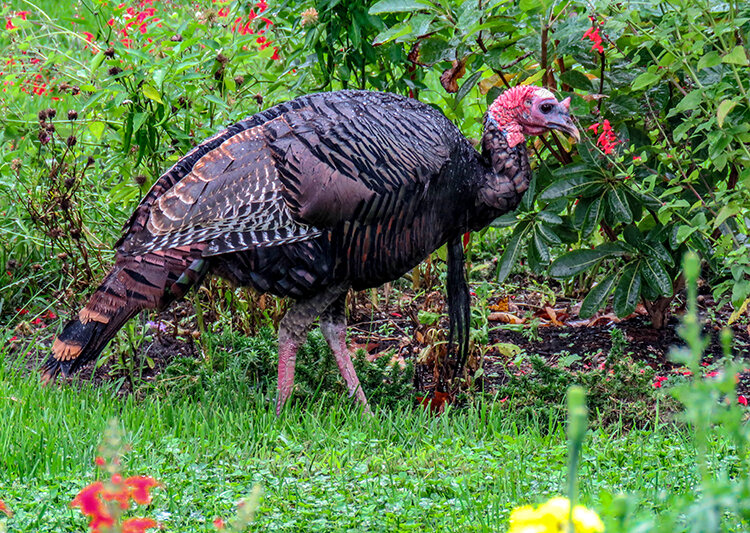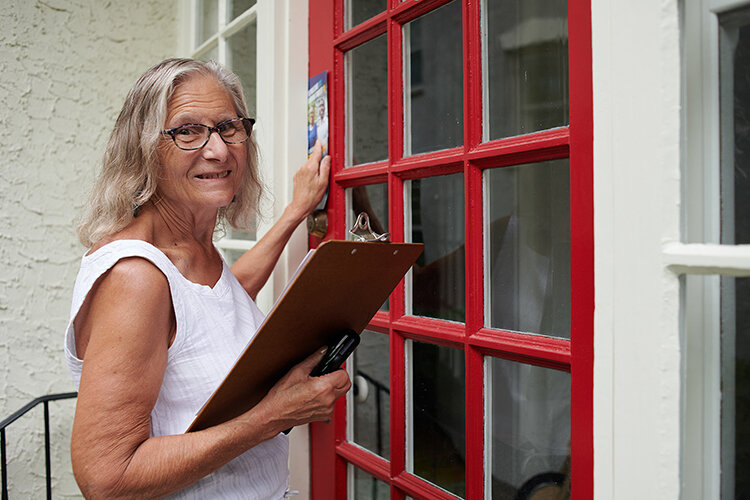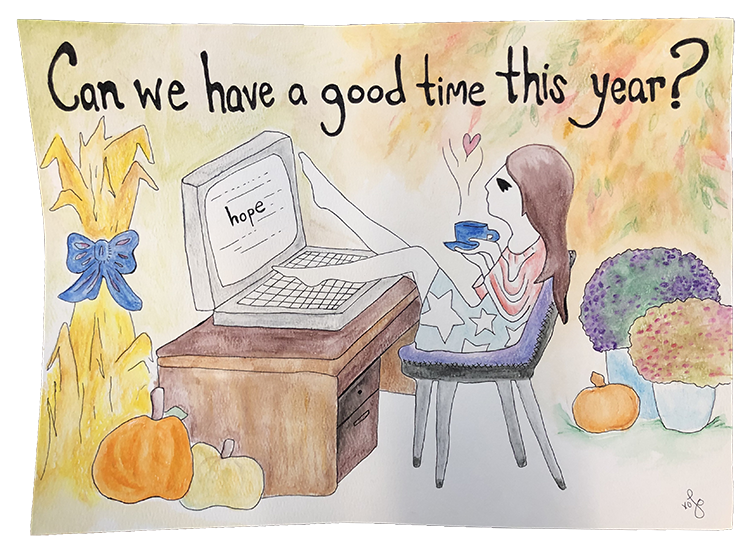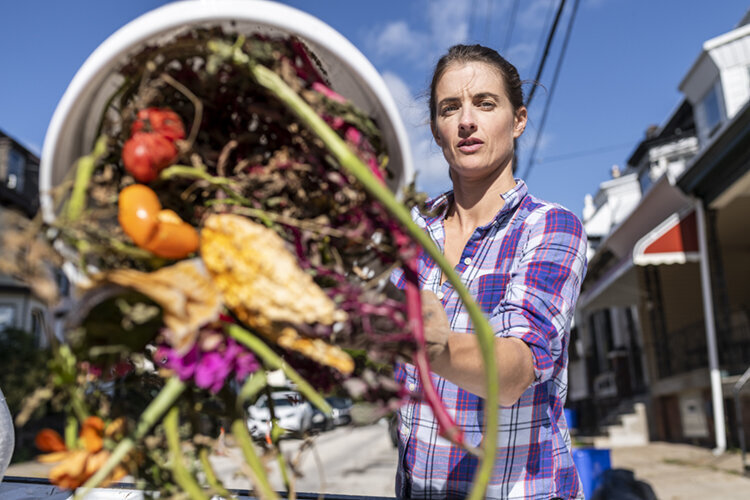This month, a couple hundred thousand turkeys will make their final appearances at the center of dining room tables across Philadelphia. Although the skinned, trimmed and cooked bird carcass on a cutting board is how most Philadelphians will encounter Meleagris gallopavo, cousins of your unfortunate dinner guests will continue to proudly strut around our city, wild and free.
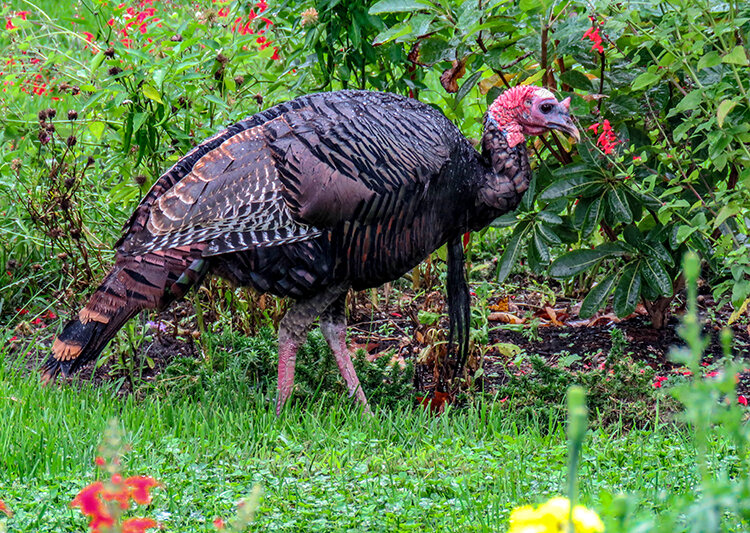
The turkeys you eat descend from wild birds domesticated by indigenous peoples in what is now central Mexico about 2,000 years ago. The Spanish exported these domesticated turkeys back to Europe, where they eventually made it to England. There, though the exact reason is unclear, they picked up the name of Turkey, the country. English colonists then took them back across the Atlantic Ocean as livestock. All the while, the original turkeys still roamed their home continent, loved as game wherever they strutted.
Too much love can be a bad thing, though, especially when that love comes at the end of a shotgun. By the 20th century, overhunting and widespread deforestation had reduced Pennsylvania’s wild turkey population to only a few thousand. But as Penn’s Woods regrew and the Pennsylvania Game Commission regulated hunting, the wild turkeys began to reclaim the state.
The Commission helped them along by relocating flocks (anywhere from six to 40 birds) to turkey-less territories. The goal, of course, was to populate turkeys where hunters would like to shoot them, but the turkey populations had a tendency to spread out. They reached Philadelphia in the mid-1990s with sightings in Southwest and Northeast.
“I’ve always had reports of pockets here and there, but 10 years ago they started expanding,” says Philadelphia’s Game Warden Jerry Czech. Turkeys, which had been regularly seen at the John Heinz National Wildlife Refuge near the airport, began popping up along the Schuylkill River as far up as the Woodlands Cemetery, where program and operations coordinator Emma Max got a tom (male turkey) on video this March.
I posted a call for turkey sightings to a West Philly Facebook group, and several users responded with their own urban turkey observations. Lena Buford reported seeing them along Baltimore Avenue near Cobbs Creek. Sonia Roberts commented, “In addition to Bartram’s and the Woodlands, I’ve seen them at Grays Ferry, both at the Pennovation Center there and nonchalantly walking down the street.” (She was not the only person to note wild turkey nonchalance.)
“They tend to be pretty good neighbors,” says Tom Reber, director of landscape and facilities at Bartram’s Garden, where visitors often spot turkeys around the administration building.
Reber said that they see them occasionally throughout the year, but that the turkeys start spending more time at Bartram’s Garden in the fall and stay through the winter.
Wild turkeys eat from an extensive menu: they clip vegetation such as early shoots of plants in the spring and gobble up bugs as they scratch through leaf litter and strut through meadows. In the fall, they pig out on acorns and beechnuts, which wooded parks have in abundance. They are active by day, and at night they fly up into trees to roost.
Aside from the scratching, turkeys sometimes raise human hackles by attacking cars. The toms mistake their reflections for rival birds, and a passing glance quickly escalates into a (one-sided) fight.
Across from Heinz National Wildlife Refuge, a Cadillac owner experienced this firsthand.
“He would wash it, polish it and the turkeys would peck the heck out of his car,” says Czech.
Although the Cadillac owner wanted something to be done about the turkey, Czech recommended moving or covering up the car.
“We try to give a little bit of education to people by talking to them and figuring out what the problem is, and sometimes there isn’t a problem,” he says.
Reber notes the Bartram’s toms’ particular aggression toward police cars. “They chase cops out,” he says. “My theory is that those vehicles get washed more frequently.”
Humans with unpolished cars have little to fear from wild turkeys, though that doesn’t stop complaints from people who don’t think large wild birds belong in a city and have other ideas of where they should be.
“They sometimes stop traffic on Lindberg,” says Reber. “Sometimes people ask us ‘to come get our turkeys,’ but our response is that they’re wild. They own Southwest Philly as far as they’re concerned.”

